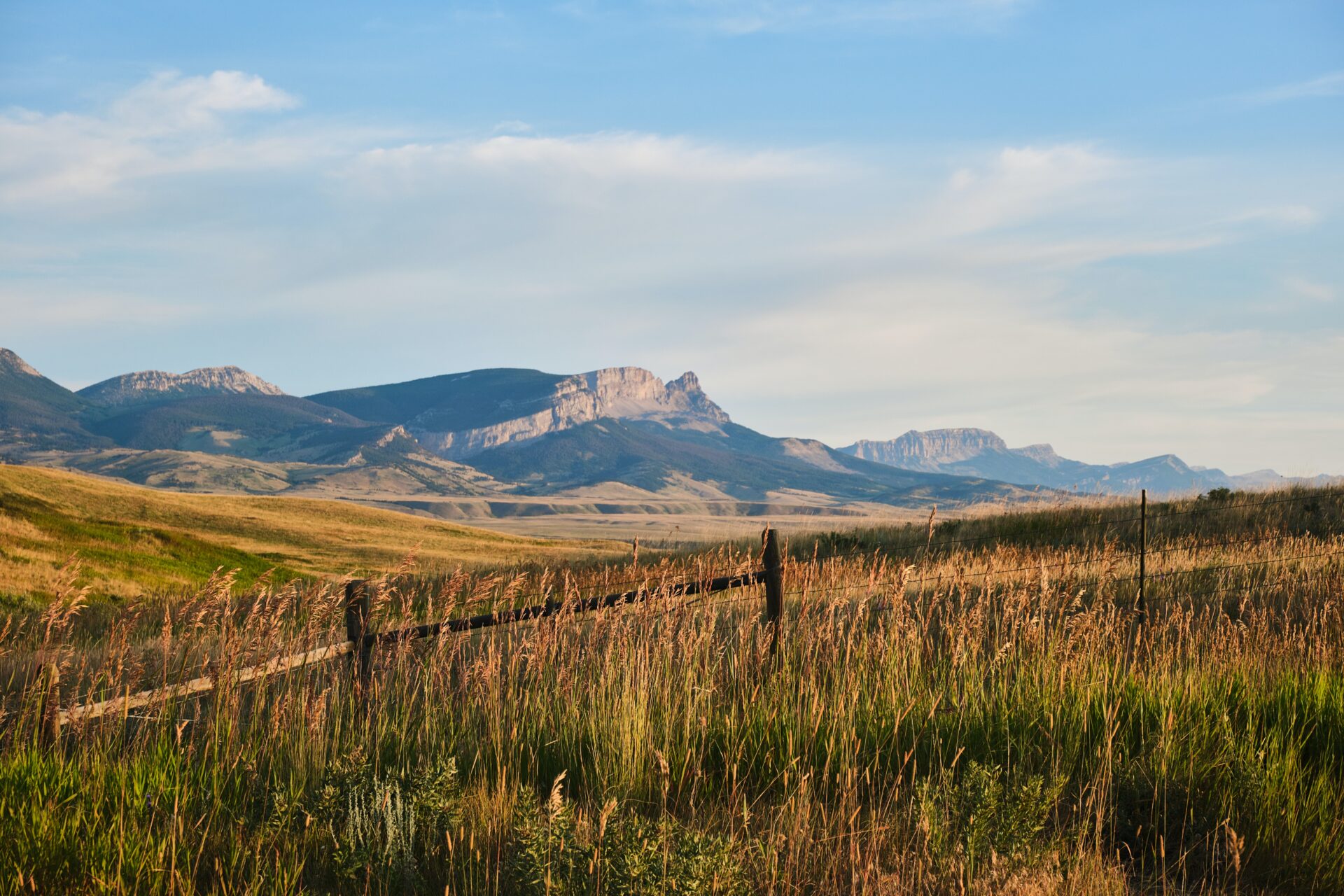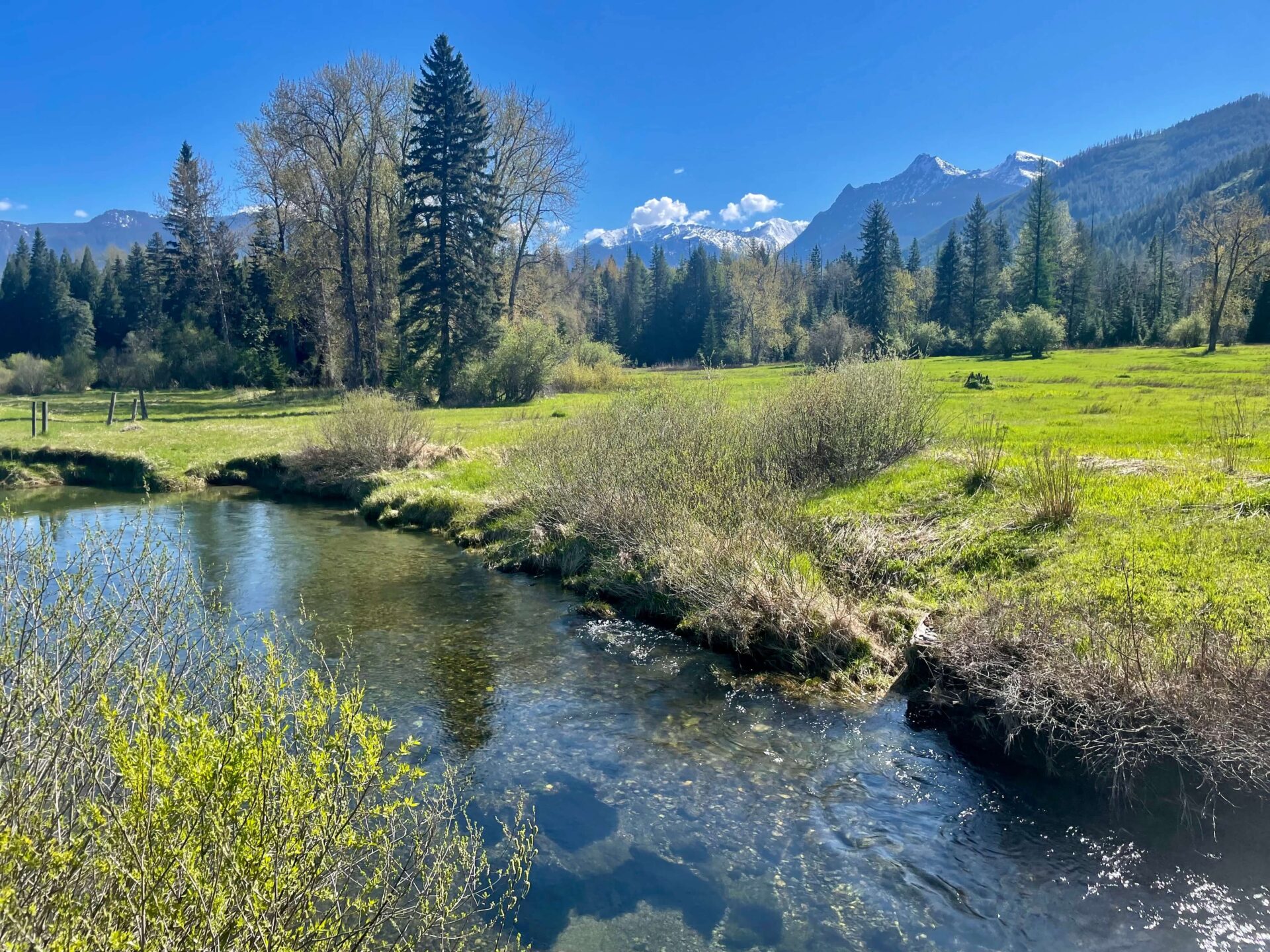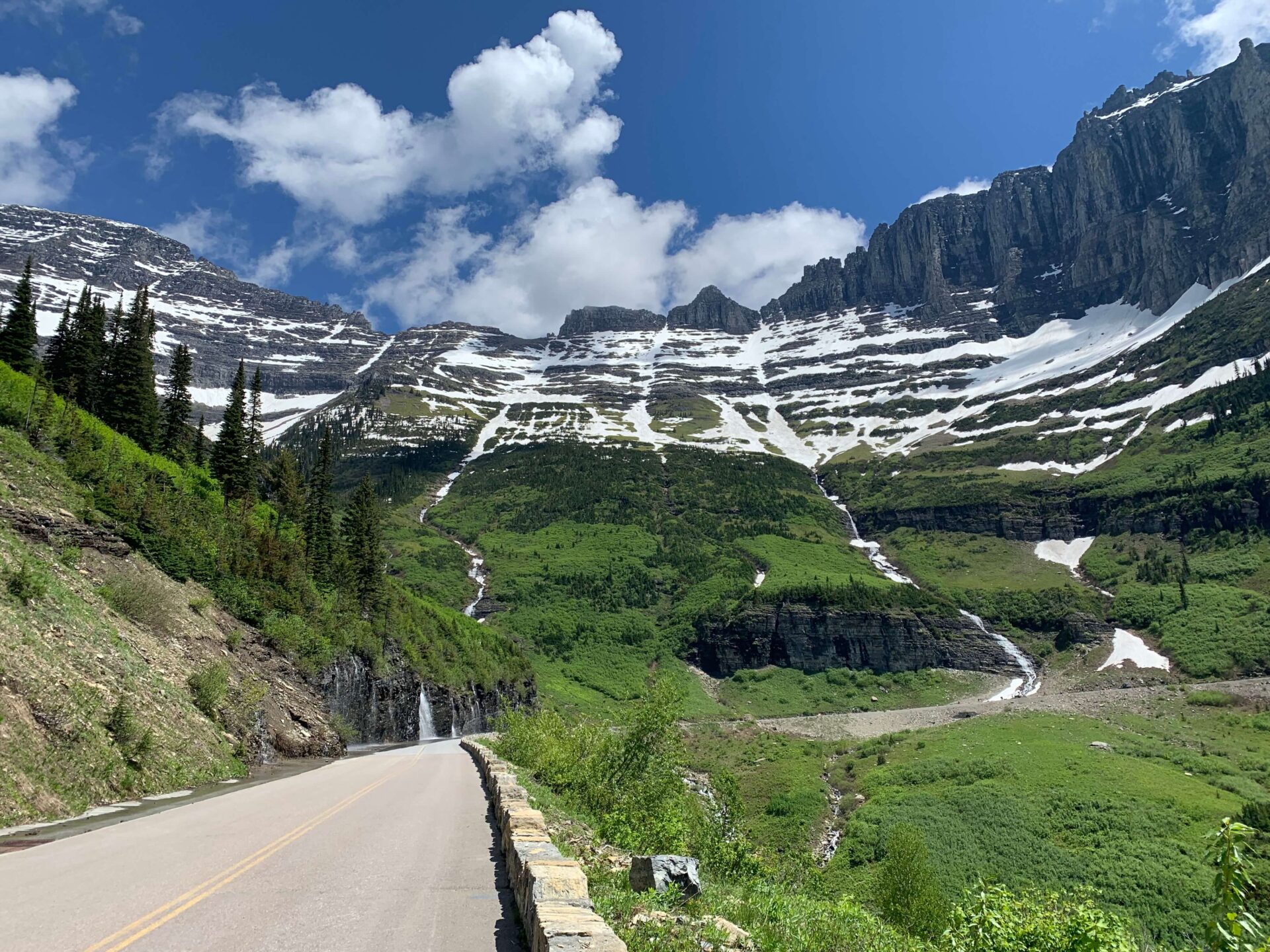Idaho Department of Water Resources issued May 27 order that could dry up 500,000 acres of Idaho farmland
BY: CLARK CORBIN – JUNE 4, 2024 5:10 AM
Faced with a water curtailment order issued last week, third generation Idaho farmer Adam Young isn’t just thinking about preparing to cut alfalfa or anxiously waiting for his wheat to flower.
Today, Young is confronting the reality of up to 70% of his family’s 2,700-acre farm in eastern Idaho’s Bingham County drying up this year.
Unless there is an emergency stay to the curtailment order, Young said the water will be shut off. Meanwhile, the crops are already in the ground. Young has already invested in seed, fertilizer and other inputs he said total $400 per acre.
If the water is shut off, Young said that would mean a total loss for this year’s wheat and barley crop and he would expect to get one cutting of alfalfa in, instead of the three he hoped for.
“Being done for this year means absorbing several million dollars in losses this year and we don’t recover from that,” Young said in a phone interview. “That would spell the end of our business and that’s true for everybody else frankly who is farming.”
Young is among the eastern Idaho and Magic Valley family farmers and other water users who hold the 6,400 groundwater rights that are subject to curtailment. The Idaho Department of Water Resources said those water rights holders are being subject to curtailment because they are not in compliance with a state plan.
While some groundwater users and districts are subject to curtailment, others users and districts found to be in compliance with a state plan are not subject to having their water shut off.
The Idaho Department of Water Resources said curtailment – or shutting off the water – is necessary because of a predicted water shortfall this year.
When it announced the curtailment order Thursday afternoon, the Idaho Department of Water Resources estimated 500,000 acres of farmland could be affected by shutting off the water.
To put that in perspective, Young said that amount of farmland is about five times the size of the cities of Boise, Meridian and Eagle combined.
The history of the Young Family Farms dates to 1952 when Young’s grandfather, Darwin Young started the farm.
Adam Young said the farm sustains his parents, his family, his brother’s family, two-full time employees with 30-years of experience, two landlords and additional part time and seasonal employees.
Rep. Stephanie Mickelsen, R-Idaho Falls and the chair of the Idaho Groundwater Appropriators, is also affected by the curtailment order. Mickelsen is CFO of Mickelsen Farms, which grows several varieties of potatoes, as well as winter and spring wheat varieties. With the curtailment order, Mickelsen estimated she would only be able to water and farm about 80 acres out of 7,000 acres.
“You’re talking about wiping out family farms and other businesses across the ag sector,” Mickelsen said in a phone interview on Monday. “It’s basically a draconian way to bring about what they need.”
How are water issues governed in Idaho?
On Thursday, Idaho Department of Water Resources Director Mathew Weaver issued a curtailment order that requires 6,400 junior groundwater rights holders who pump off the Eastern Snake Plain Aquifer to shut off their water, the Idaho Capital Sun previously reported.
In Idaho, water issues are governed by what is called the doctrine of prior appropriation, which means the older senior water rights have priority over the newer junior water rights. When there isn’t enough water to go around, the senior water rights get priority while the junior rights get curtailed, or shut off.
Generally, surface water users in Idaho have more senior water rights, while groundwater users have junior water rights.
For example, the Twin Falls Canal Co. holds senior water rights that date back to 1900. On the other hand, the groundwater users affected by Thursday’s Idaho Department of Water Resources curtailment order hold junior water rights dating back to 1954.
Curtailment is coming into play because in April, Weaver issued a water methodology order that predicted a water shortage of 74,100 acre-feet of water to the Twin Falls Canal Co. Acre-feet is a measurement that represents the volume of water covering an acre of land in water exactly one foot deep. According to the Water Education Foundation’s website, an acre is about the size of a football field.
The Idaho Department of Water Resources says the groundwater users subject to the curtailment order are being forced to stop pumping water because they are not in compliance with or stopped participating in an approved state plan. The Idaho Department of Water Resources said there are two plans water users can participate in to avoid curtailment when there is a water shortage. One is a 2009 plan submitted by the Idaho Groundwater Appropriators. The other is a settlement agreement from 2016.
Groundwater users who spoke to the Sun don’t agree that they are out of compliance. They said they provided documents to the Idaho Department of Water Resources verifying they have provided enough storage water to cover their proportional share of the predicted water shortage and believe they are holding up their end of mitigating under a 2009 plan.
But under the 2009 plan, the Idaho Groundwater Appropriators provided enough water to cover the entire shortfall of the surface water users, not just their proportional share, said Brian Patton deputy director of the Idaho Department of Water Resources.
“They offered it conditionally upon the director agreeing with them that that is the extent of their obligation,” Patton said in a phone interview Monday. “The director could not agree to that.”
Now, Patton said the department was obligated to take action to protect senior water rights holders from a water shortfall.
“The law and the court’s direction about that law is very clear,” Patton added. “If there is a finding of injury to the senior water right holders, and the junior water right holders are not operating in compliance with an approved mitigation plan, the director’s obligation is to curtail.
See Idaho Capital Sun.









